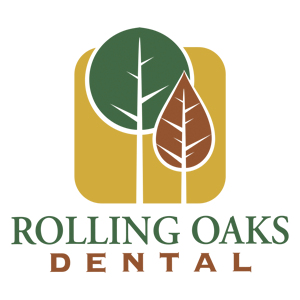Ideally, permanent teeth should last a lifetime. Unfortunately, that’s not always the case. Dental trauma, decay, and gum disease can all lead to tooth loss issues. Your dentist may also recommend a dental tooth extraction procedure to correct specific problems with your teeth. These FAQs, compiled by Rolling Oaks Dental in Garden Ridge, Texas, provide greater insight into tooth extractions when necessary.
When are tooth extractions necessary?
Your Garden Ridge dentist, Dr. Larry Dougherty, may recommend tooth extraction to correct problems with:
- Overcrowding
- Impacted wisdom teeth
- Irreparable damage to the structure, roots, or nerves of a tooth
- Extensive bone loss due to periodontal disease
If advanced periodontal disease is causing your teeth to come loose, a complete dental extraction may be needed to remove all your teeth. Afterward, we’ll reconstruct your smile with dentures or implants to restore oral health.
How are teeth extracted?
There are basically two types of dental extractions: simple and surgical. If your tooth has broken through the gum and can be easily accessed by your dentist, we’ll perform a simple extraction using forceps to pull your tooth loose.
If your tooth is impacted or hasn’t come through the gum, we’ll perform a surgical extraction. Dr. Dougherty will make an incision in your gum to reach your tooth, removing any bone that may be in the way. Then, we’ll loosen your tooth with forceps and have it removed. Sometimes, breaking the tooth and removing it in pieces is simpler. We’ll then stitch the incision to help your gum heal.
Dental extractions are done under local anesthesia to avoid discomfort and pain.
[call]
What happens after dental extraction?
Once the anesthesia wears off, you may experience minor discomfort and pain. This is normal. There may also be some swelling and bleeding at the extraction site, which eventually goes away after 24 hours. A blood clot should form at the extraction site as part of the healing process. It’s very important that you NOT dislodge this blood clot as it could impair healing or cause a painful condition called dry socket.
How can you promote quicker healing after a dental extraction?
Dr. Dougherty will leave you with detailed instructions for post-op care. By following these instructions, you should recover without issues. To expedite your healing, we recommend:
- Taking all pain relievers as instructed
- Using an ice pack to minimize swelling
- Rinsing your mouth with salt water to disinfect your gums
- Eating a soft food diet to avoid painful chewing
- Avoiding strenuous activities for several days
- Brushing and flossing normally the day after your extraction, but avoiding the extraction site.
Should I replace my tooth after extraction?
Yes, large gaps in your smile can lead to cavities, dental drift, and bite issues. By replacing your tooth quickly, you can preserve the integrity of your smile.
Where Can I Go for a Safe, Effective Dental Tooth Extraction Procedure?
Contact Dr. Larry Dougherty from Rolling Oaks Dental in Garden Ridge, TX, at [phone] for safe, pain-free dental extractions.





